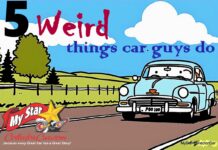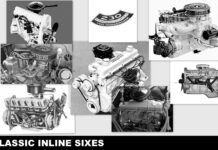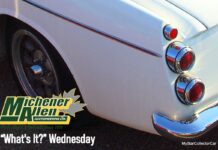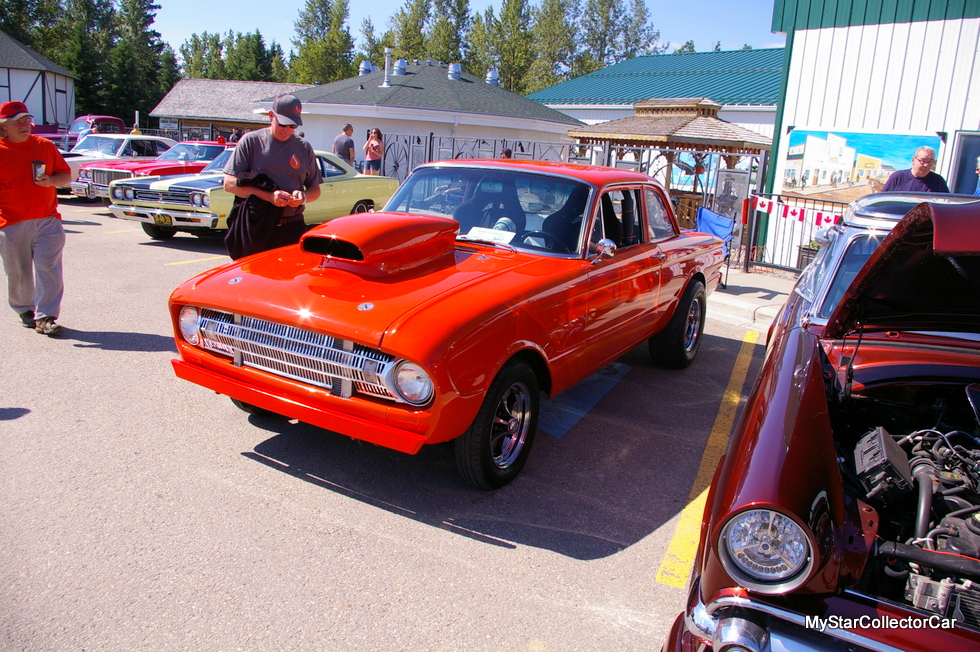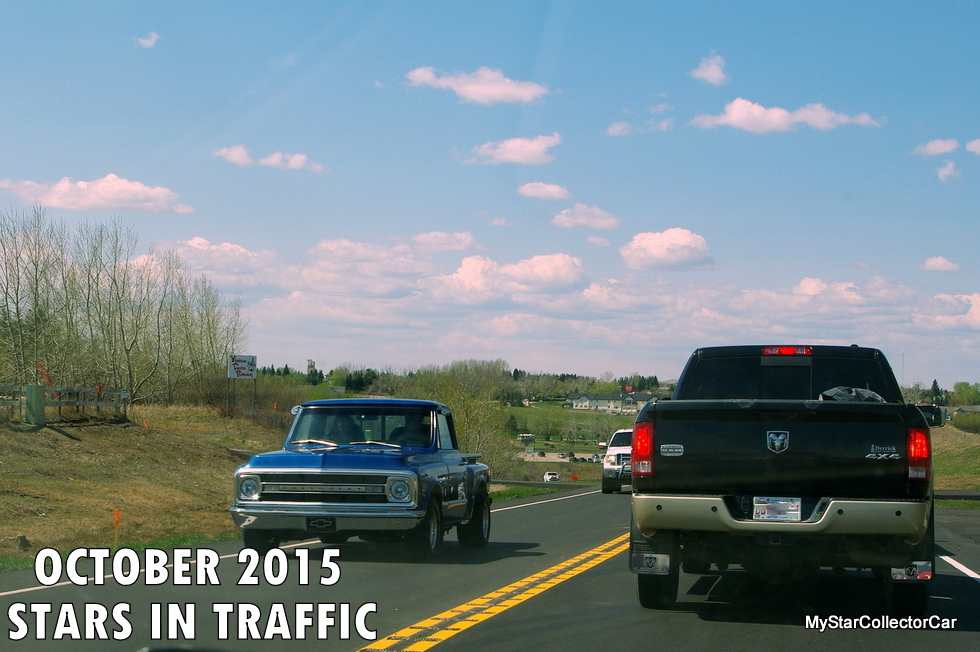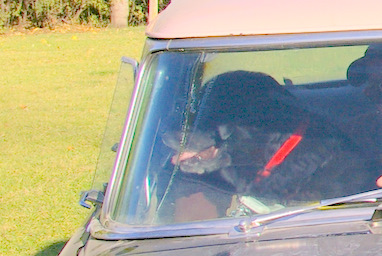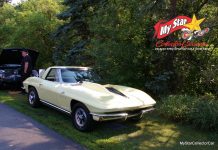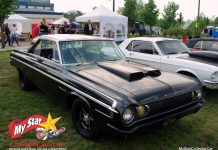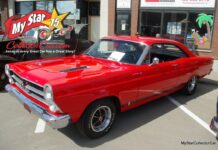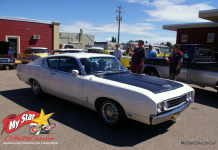The last of the Plymouth fin cars were built in 1960.
Purists may argue that the ’61 Plymouth still had a fin—it just wasn’t vertical.
The 1960 Plymouth Fury convertible had the vertical fins, so it had the Virgil Exner stamp of approval three years after his famous “Suddenly It’s 1960!” cars debuted in ’57.
Jerry Sutherland
This 1960 Plymouth Fury convertible was one of those Bigfoot sightings at a car show because they are rarely, if ever seen at most events. Terry Romanchuk is the proud owner of this classic—he built to it his own personal specifications, but it wasn’t a resto-mod. It was more of a “what options Terry would have ordered if he bought this car brand new” exercise. The process took six years.

The first casualty was the slant-six under the hood. Terry was certain the Leaning Tower of Power didn’t come with the Fury from the factory, so he found a period-correct 313 cubic inch poly V-8. The 313 was the Canadian version of the legendary 318, so he opted to build the car closer to what would be stock form north of the border but with an alternator and a new carb. A donor 1960 Plymouth power train gave him the build date he was looking for in the Fury project.

The swivel seats were less correct because they came from a donor 1959 Chrysler, but they look like they were made for a ’60 Fury convertible. Terry said they were very comfortable seats, so he was very happy with his decision.

The wire wheels are also period-correct because they were close to aftermarket add-ons back in 1960—they add a flair to a car that already had built-in flair.

Terry focused on the details side of the project, so the miles of stainless trim were carefully repaired and polished. That was a daunting task—but it took the Fury to another level. The bumpers were also re-chromed to match the detail of the stainless trim.

The paint was another area where Terry decided to upgrade from factory. The red is a close—but not exact recreation of the original color, but the cream (instead of white) two-tone treatment is definitely a combination Terry wanted to make his Fury unique.

This was a relatively rust-free car from a dry area in southern Alberta, Canada, so there were no major areas of concern with metal work—Terry took the opportunity to focus on the upholstery instead. He wanted to make the Chrysler swivel seats look like they belonged.

Terry doesn’t believe in trailer queens. His Fury is done to a high level, but he doesn’t condone trailering any car to any show. This one does the trip in the real world on real roads in real weather—but he admits the sun has to be shining before he heads out in the Fury.
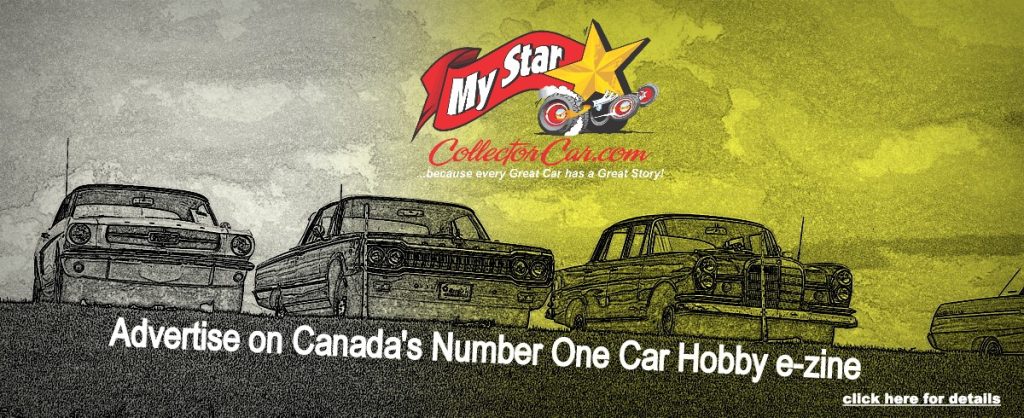
The car is an instant attraction when he’s out in it. People are intrigued by the fins; the square steering wheel and the pushbutton transmission, so he answers many questions when he stops for gas.

These days Terry lives by a simple code with his Fury: “When the sun goes up, the top goes down”.
Jerry Sutherland
By: Jerry Sutherland
Jerry Sutherland is a veteran automotive writer with a primary focus on the collector car hobby. His work has been published in many outlets and publications, including the National Post, Calgary Herald, Edmonton Journal, Ottawa Citizen, Montreal Gazette, Saskatoon StarPhoenix, Regina Leader-Post, Vancouver Sun and The Truth About Cars. He is also a regular contributor to Auto Roundup Publications.
- CLICK HERE TO SIGN UP FOR THE NEWSLETTER
- CLICK HERE to Like us on Facebook
- CLICK HERE to Follow us on Twitter
- CLICK HERE to Follow us on Pinterest
Please re-post this if you like this article.



